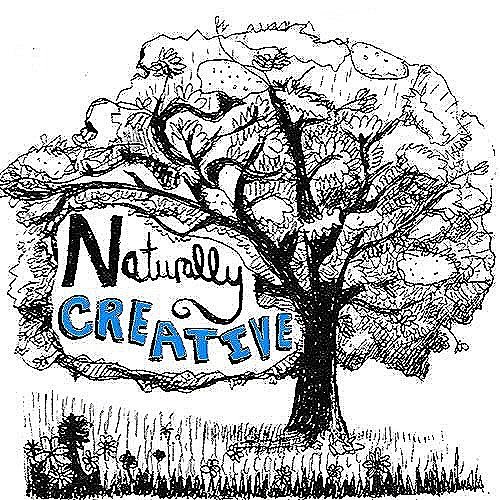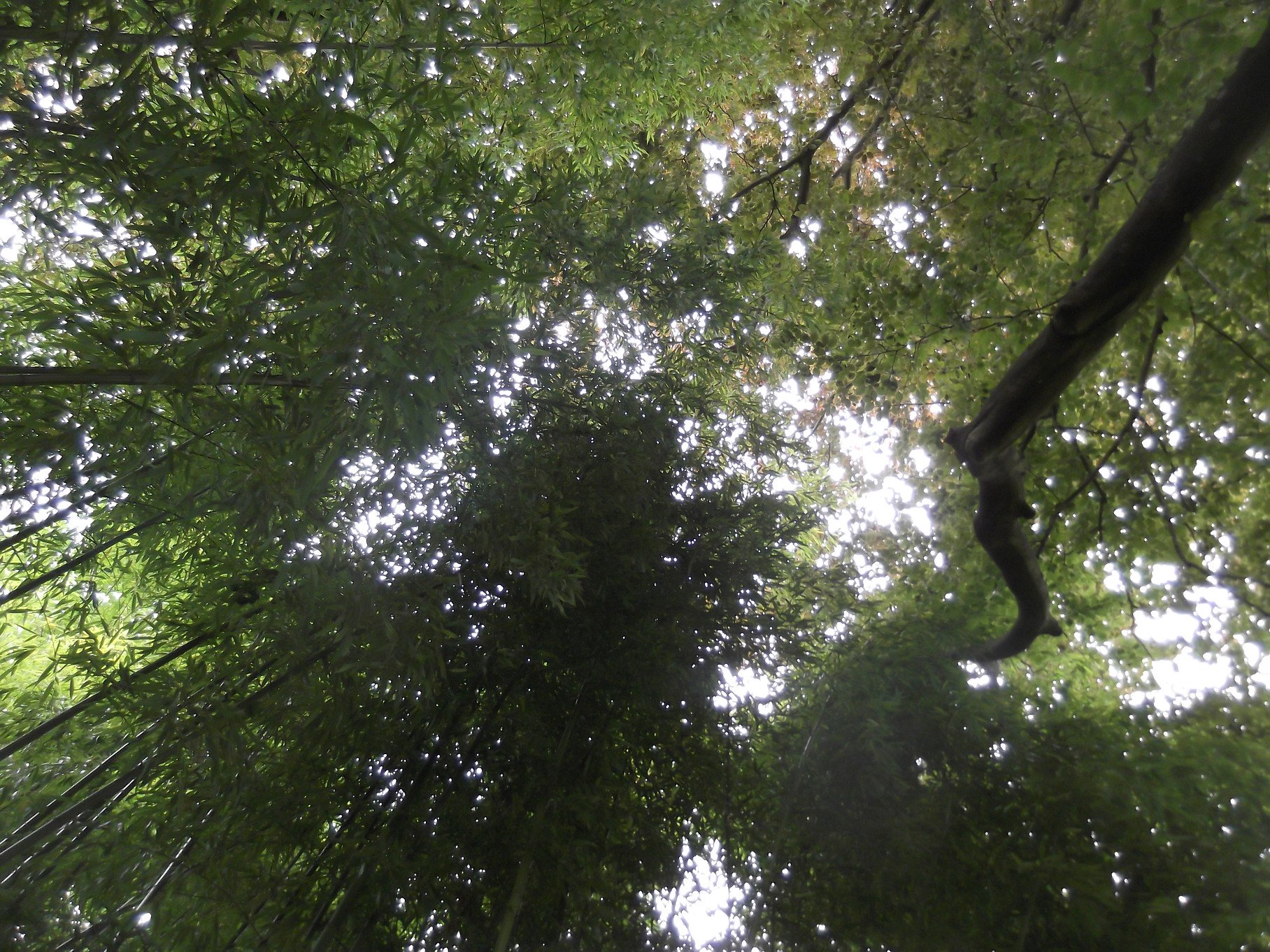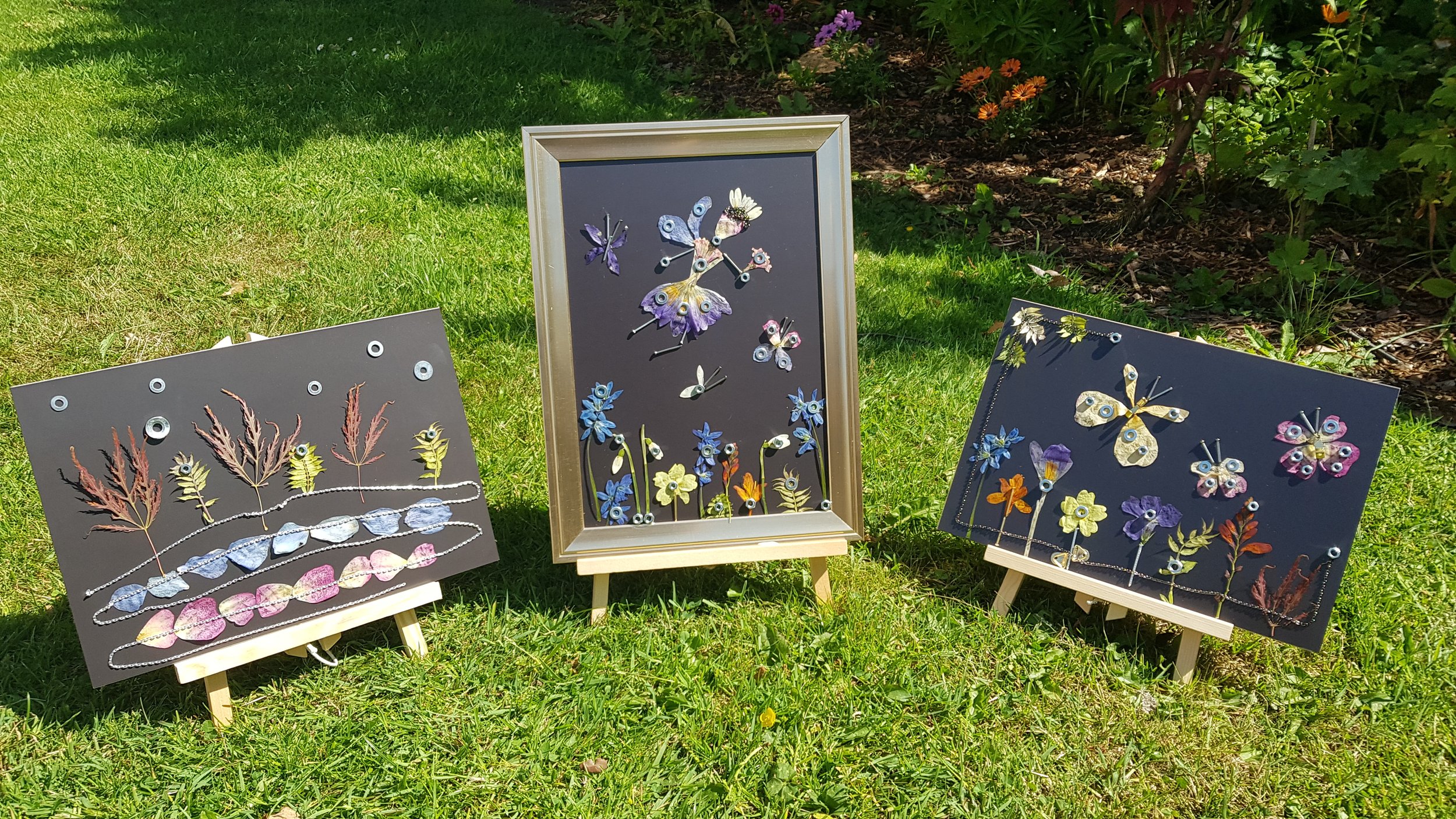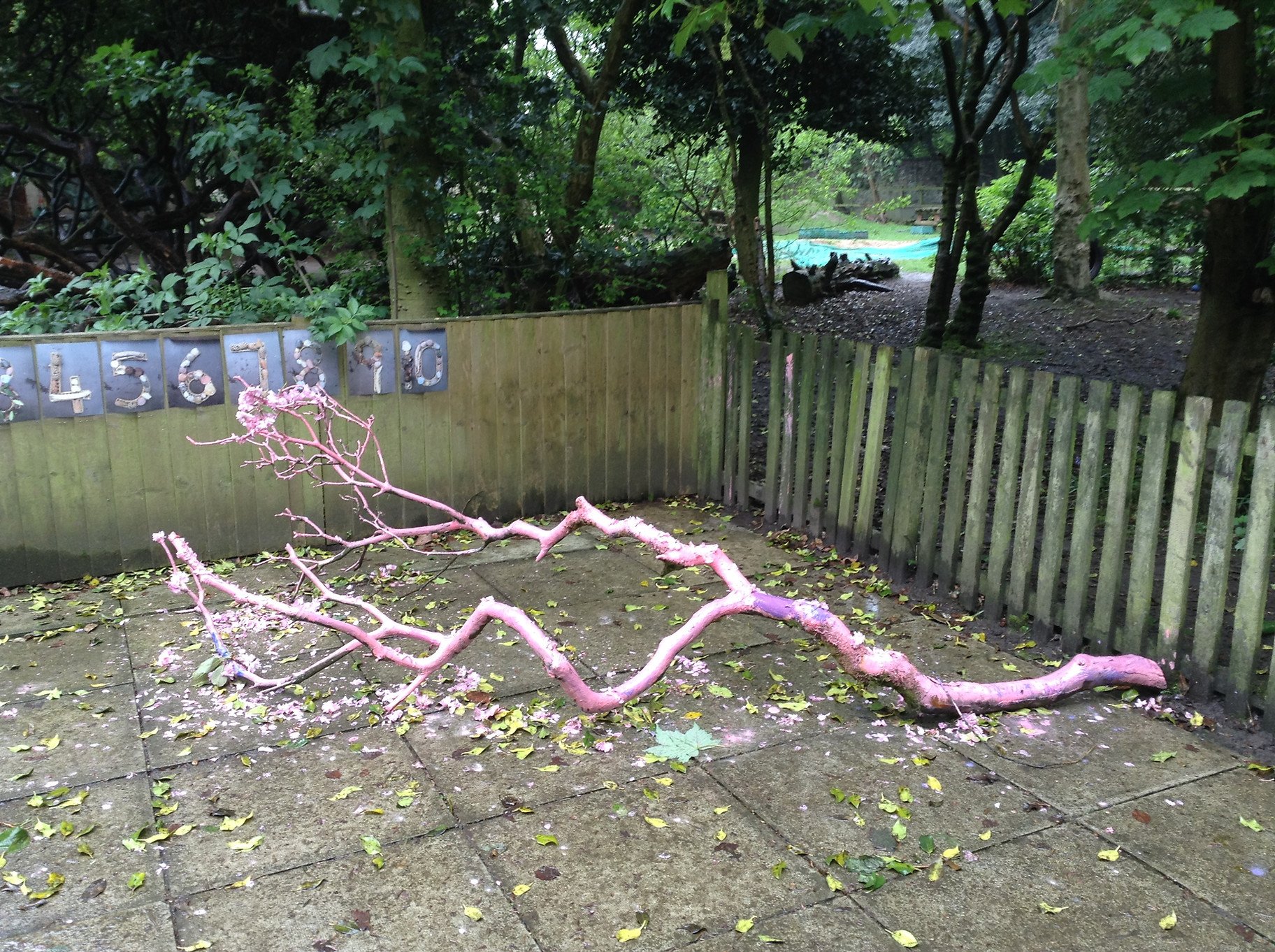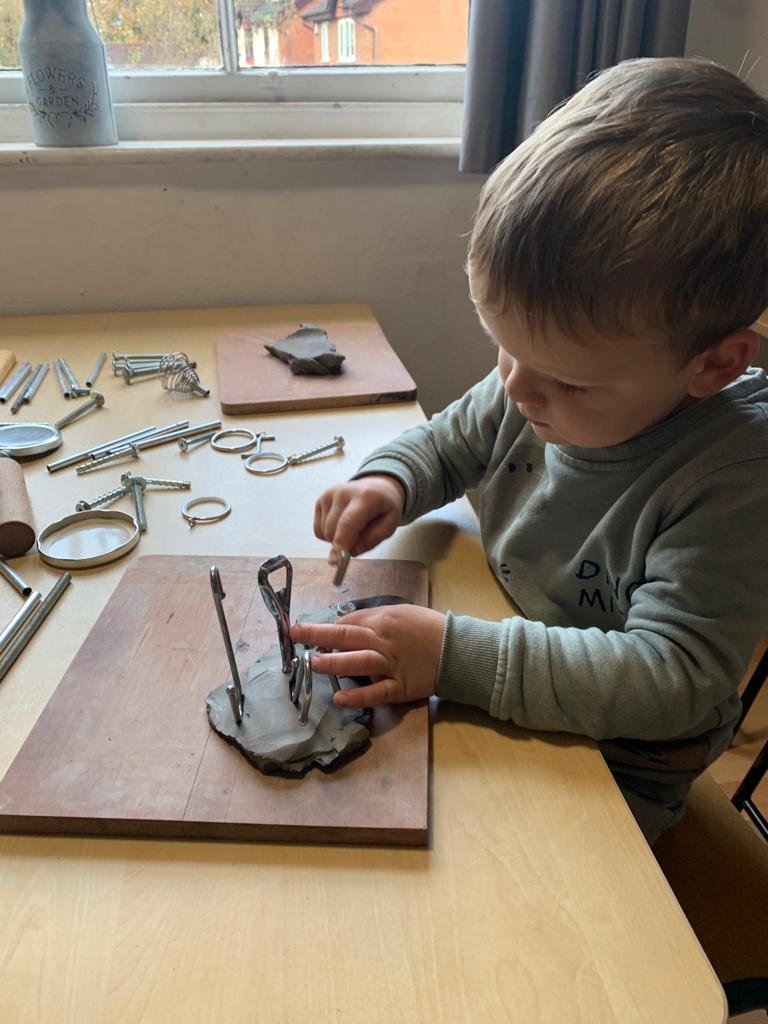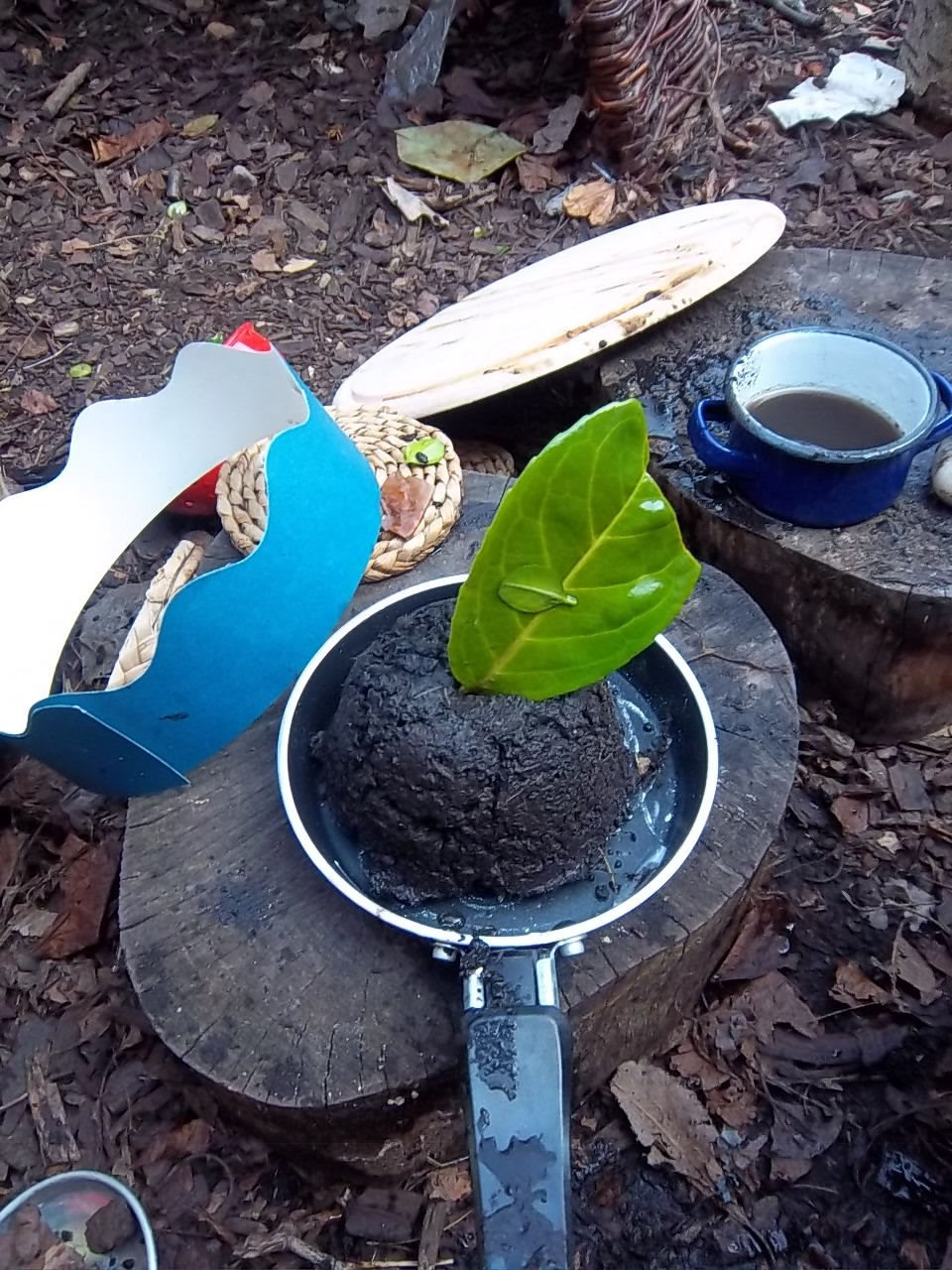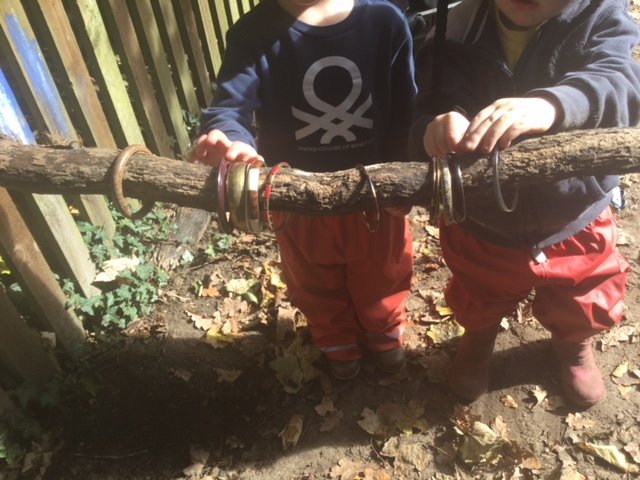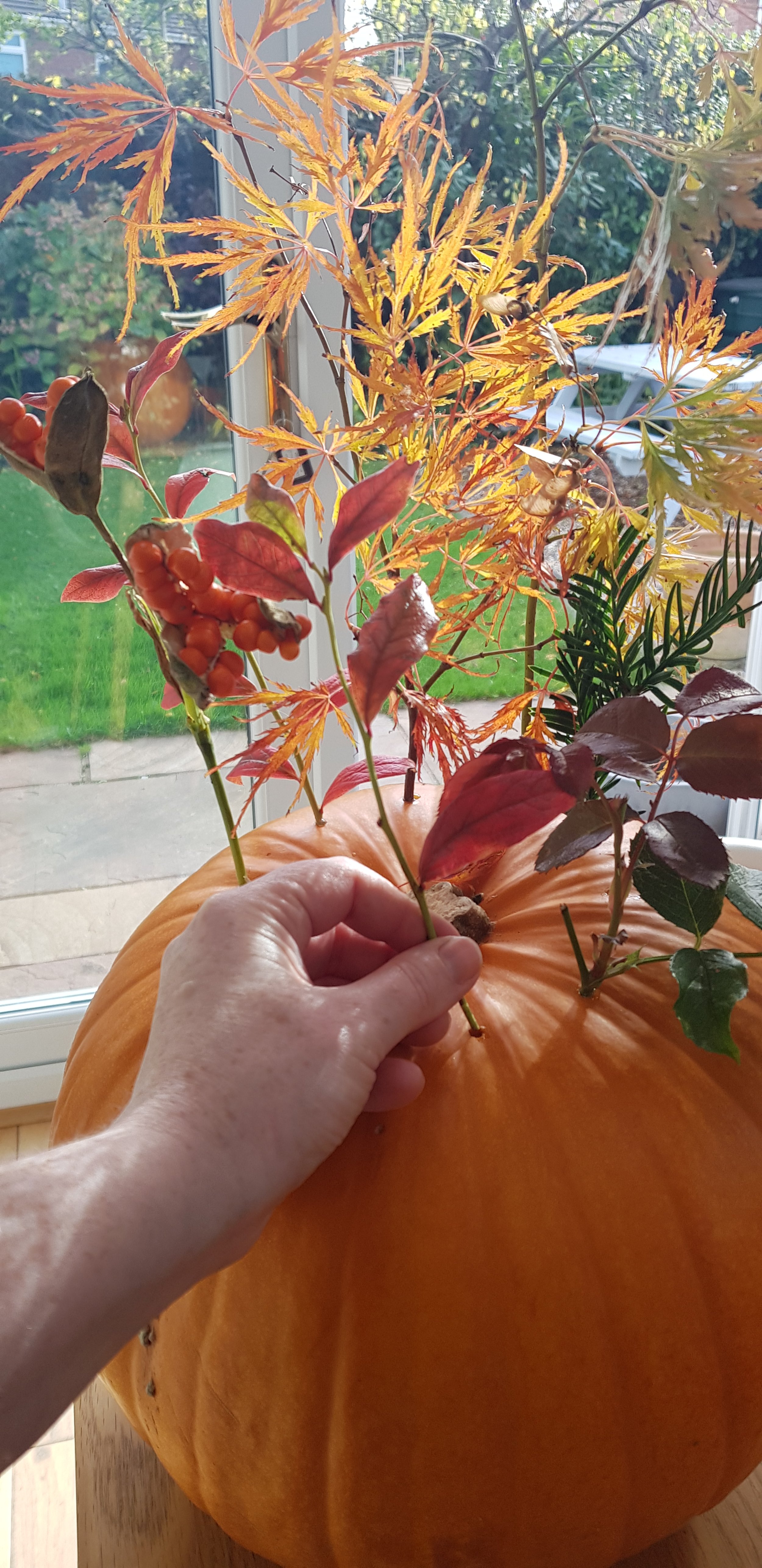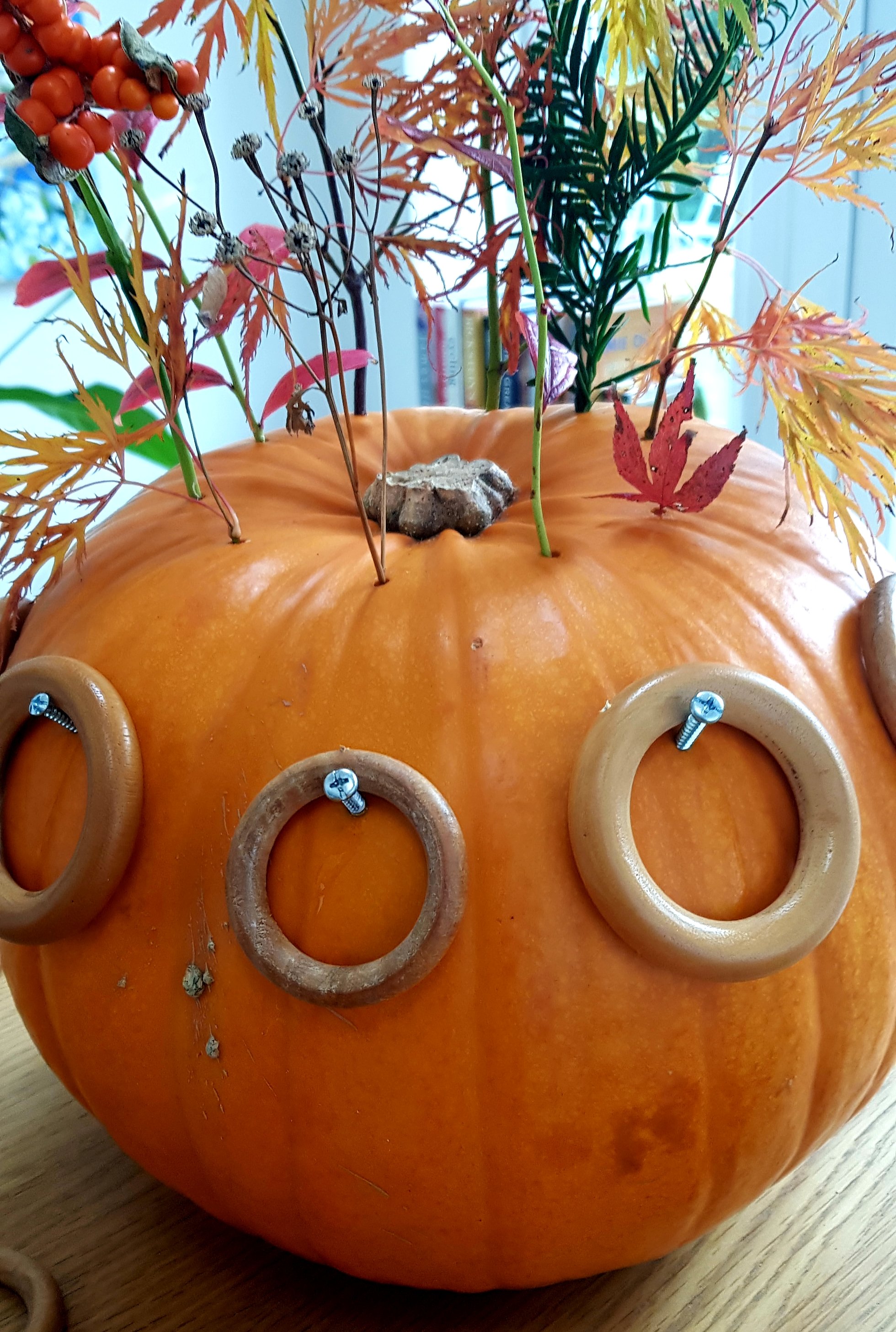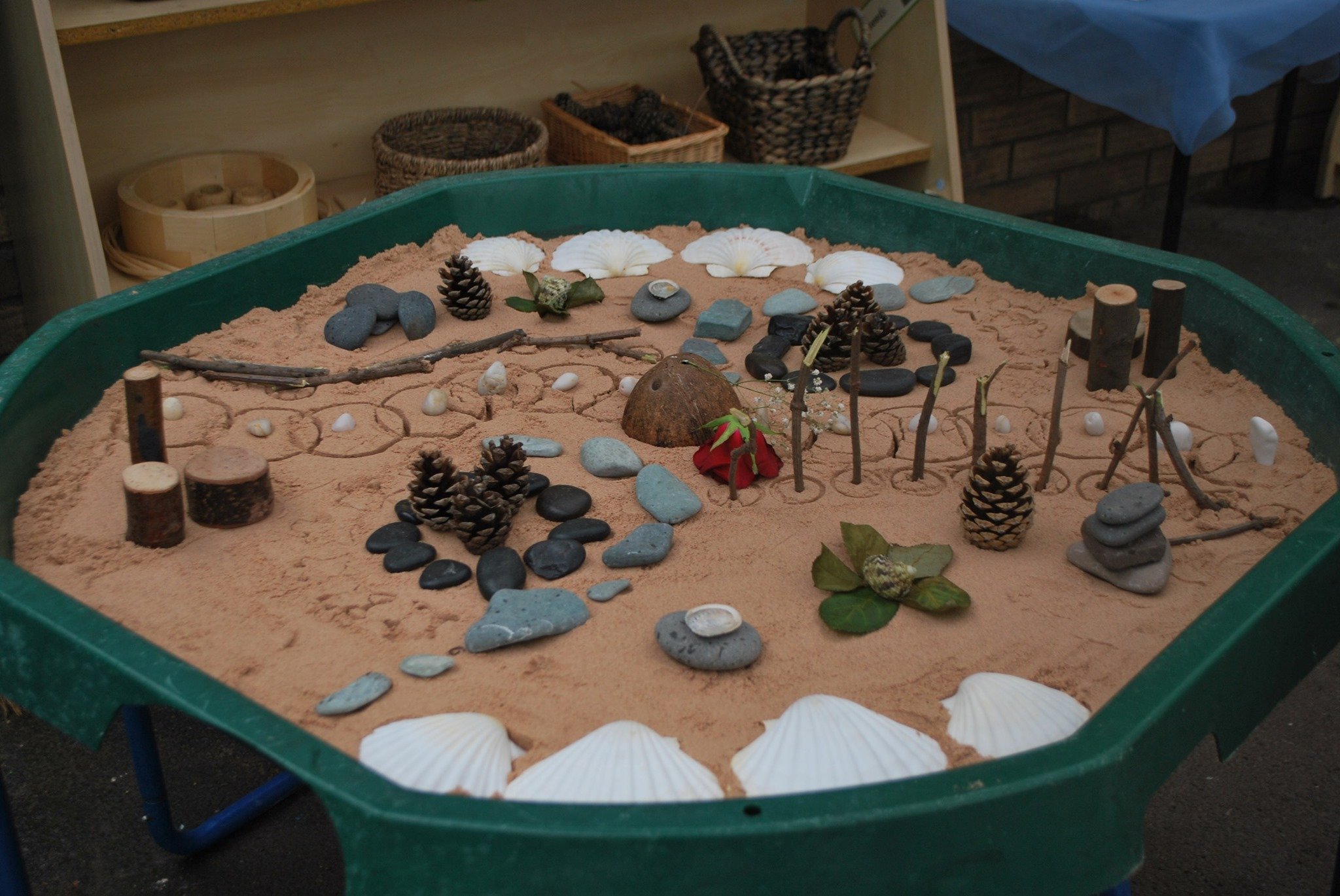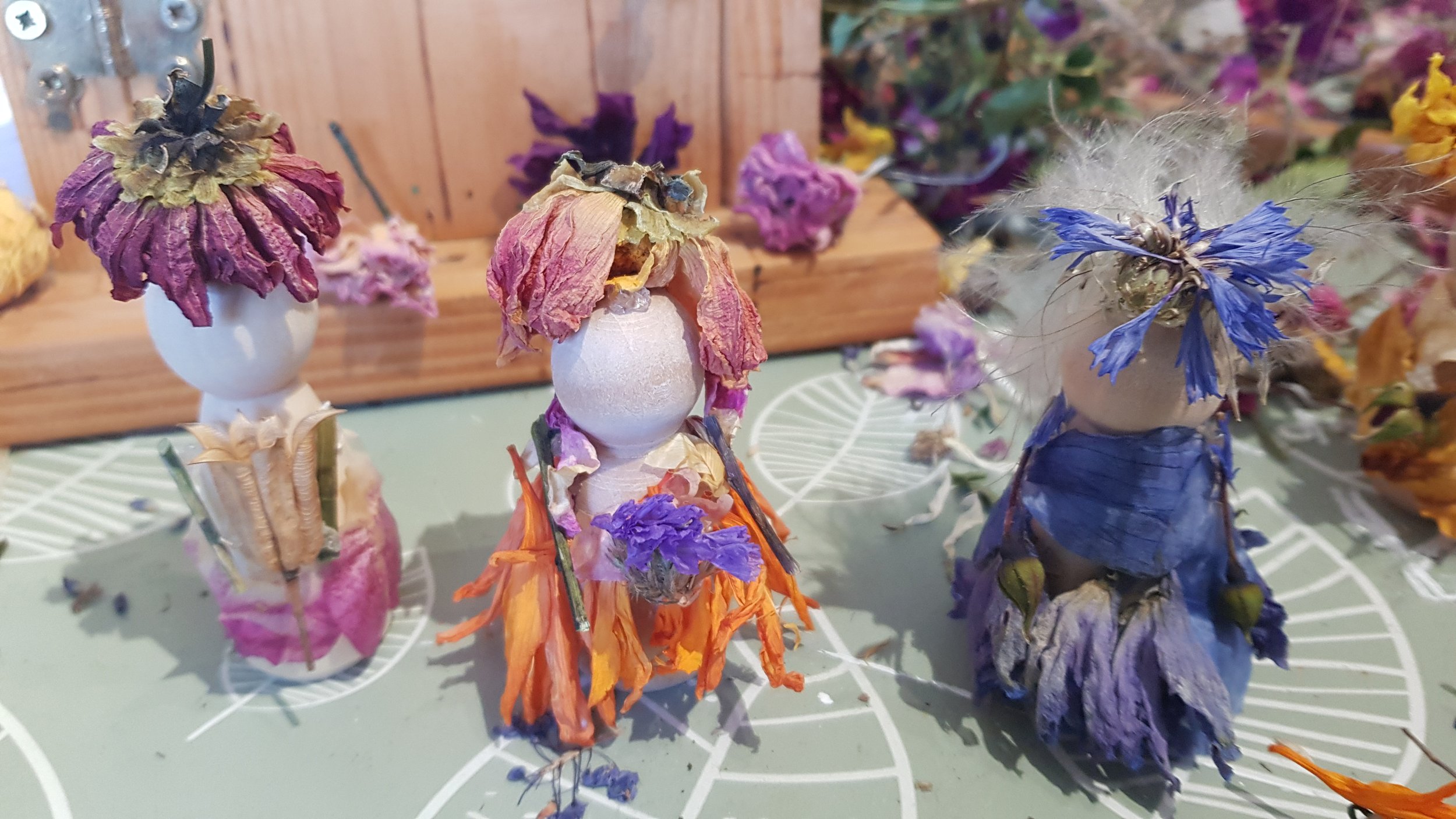Creative Construction
Clare Thompson
There are so many ways to engage in creative construction indoors and outdoors across the seasons!
Construction play allows for exploration of the properties of materials; surfaces and textures, shape, size and colour, weight and density. As they build, sculpt, balance, connect and weave structures vertically, horizontally and on a variety of scales, children learn to make sense of the physical world around them through practical experimentation and play.
In this post we will look some examples of creative construction and show how it is not confined to just one designated area of a setting, but will happen naturally on a regular basis when children (and adults!) are given time, space and open ended resources to explore…
OBSERVING AND CREATING HORIZONTAL AND VERTICAL STRUCTURES AND FORMS
Children need time and space to observe and interact with structures, patterns and forms in the world around them and opportunities to create on a variety of horizontal and vertical surfaces.
BUILDING
Building structures on different scales is great for learning about gravity, balance and cause and effect. The more variation that exists in the materials provided, the more there is to explore. Stones, sticks, and bricks of varying size and weight make fantastic building materials. As with all open ended play, sometimes there will be an end product with a “function” and other times children will build purely for experimentation.
SCULPTING
Sculpting materials such as clay, wet sand, thick mud, play dough or snow are materials that can be moulded into various shapes and forms. These materials can also be used as a binding element or “glue” to connect other materials together, as a surface for mark making, or as a base to make objects stand up vertically. The versatility of sculpting materials makes them an important element of resource provision if we want to inspire creative construction and maximise possibilities…
WEAVING AND THREADING
Objects and materials with holes or gaps in can create bases and surfaces for threading, weaving and balancing other materials, providing opportunities to create patterns and structures…
HANGING, CONNECTING, ARRANGING AND DECORATING
Joining and connecting materials or embellishing an existing shape or structure allows children to observe what happens to the structure, pattern or form when materials are added, taken away or repositioned.
